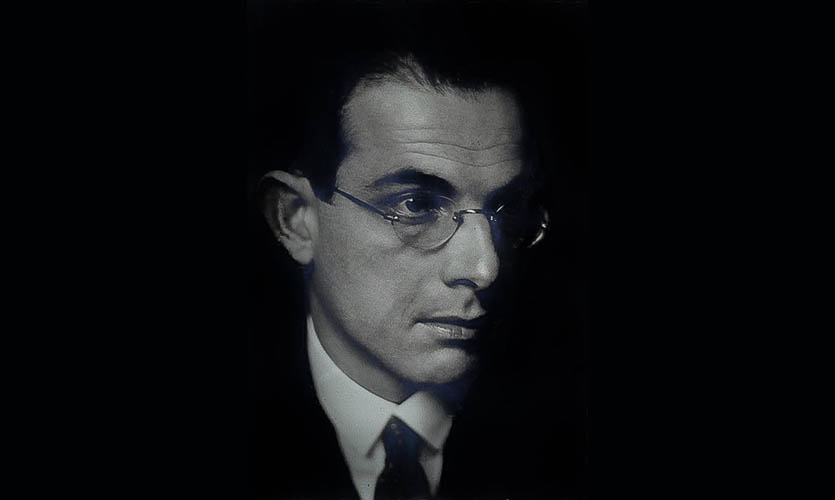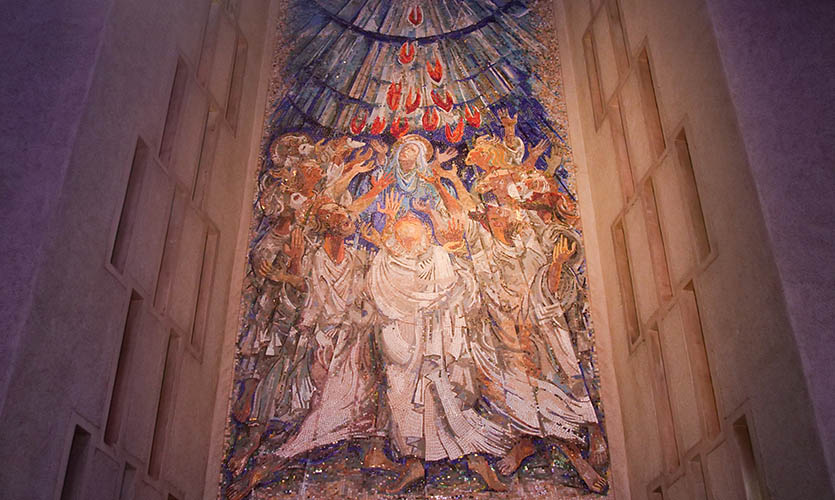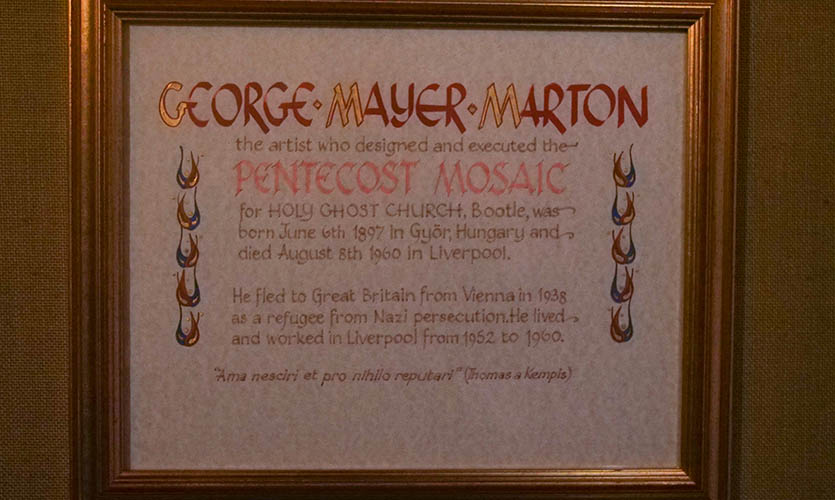George Mayer-Marton (1897-1960)
George Mayer-Marton was a Hungarian artist born in 1897. He grew up during the final years of the Austro-Hungarian Empire and his youth ended with two years under fire during the Great War.
He studied at the Academy of Arts in Munich and Vienna. By 1927, married and settled in Vienna, he was Secretary, then Vice-President of the progressive society of artists, the Hagenbund. During the increasingly difficult interwar years he was one of the pivotal personalities of the time, receiving widespread recognition as an artist and public honours, in Austria and beyond.
In 1938 with the Nazi invasion of Austria, he and his wife, a gifted pianist, were forced to flee to England as refugees.
Having initially moved to London, Mayer-Marton's life’s work and personal possessions were destroyed in 1940 during the Blitz and his wife was left traumatised by the events. He spent much of the next decade lecturing for the Arts Council.
In 1952, after the death of his wife, and redundancy following reorganisation at the Arts Council, he was free to take up the post of Senior Lecturer in the department of painting at the College of Art at Liverpool, the forerunner to today’s School of Art and Design.
He eventually established the Department of Mural Art in 1955, the first of its kind in the UK, with coloured glass imported from Italy. His influence and breadth of vision, underpinned by a deep understanding of Art History, combined with the technical skill of the practising artist, are remembered with gratitude by former students.
“All the techniques and the teaching, which he taught me, I picked up on. I’ve done an awful lot of mosaics for buildings now myself. That in a way is a direct extension of the staff, teaching students who then went on to do the same kind of things.”
– Robin Riley
College of Art student

He was assisted in his work by students at the College, gaining commissions to decorate churches throughout the Northwest, including the Pentecost piece, that now sits at the Liverpool Metropolitan Cathedral, regarded as one of his most important works.
It was installed in 1957 at the Church of the Holy Ghost at Netherton, Bootle and transferred to the Metropolitan Cathedral in May 1989 by College of Art alum Robin Riley, who had the painstaking job of removing the large mosaic from the church, which was due for demolition.
George died in Liverpool in 1960, from leukaemia, but his art, his influence and his story live on as part of our story.



